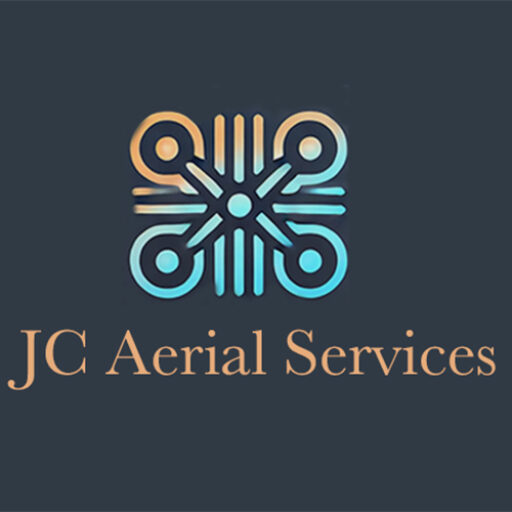In recent years, drone technology has transformed numerous industries, and roofing is no exception. The integration of unmanned aerial vehicles (UAVs) into roofing operations has revolutionized how professionals approach inspections, assessments, and planning. This blog explores the significant benefits drones bring to the roofing industry and why more contractors, insurance adjusters, and property managers are adopting this technology.
Enhanced Safety
Traditional roof inspections involve significant risks. According to the Bureau of Labor Statistics, falls remain the leading cause of fatalities in construction, with roofing workers facing particularly high dangers [1].
Drones eliminate the need for workers to physically access steep, damaged, or unstable roofs for initial assessments. This reduction in exposure to fall hazards represents perhaps the most compelling benefit of drone technology in roofing.
“The ability to conduct comprehensive roof inspections without putting workers at risk of falls has been revolutionary for our industry.” – National Roofing Contractors Association [2]
Improved Efficiency and Cost Savings
Drone roof inspections dramatically reduce the time required for assessments:
- Traditional method: 1-2 hours for setup, inspection, and documentation
- Drone method: 15-30 minutes for complete data collection
This efficiency translates directly to cost savings. A study by the Insurance Institute for Business & Home Safety found that drone inspections can reduce assessment costs by up to 40% compared to traditional methods [3]. For roofing companies, this means the ability to complete more inspections daily while reducing labor costs.
Comprehensive Data Collection
Modern drones equipped with high-resolution cameras and thermal imaging capabilities provide incredibly detailed roof information:
- Visual imagery: Captures detailed images of damage, missing shingles, and structural issues
- Thermal scanning: Identifies moisture intrusion and insulation problems not visible to the naked eye
- 3D modeling: Creates accurate measurements and topographical representations of roof surfaces
This comprehensive data collection helps identify issues that might otherwise go unnoticed during traditional inspections.
Improved Insurance Claims Processing
Insurance companies have embraced drone technology for processing roof-related claims. According to a report by Marsh, a global insurance broker, drones have reduced claim processing times by up to 50% for roof assessments [4].
The detailed documentation provided by drone inspections helps:
- Reduce disputes between property owners and insurance companies
- Provide objective evidence of damage
- Speed up claims resolution processes
Enhanced Customer Experience
Roofing contractors using drones can offer improved customer experiences:
- Provide immediate visual evidence of roof conditions
- Create detailed reports with clear imagery
- Reduce disruption to property owners during the inspection process
A survey by Property Casualty 360 found that 87% of customers reported higher satisfaction when drones were used in their roof assessment process [5].
Preventative Maintenance Capabilities
Regular drone inspections make preventative maintenance more feasible and affordable. By identifying minor issues before they develop into major problems, property owners can:
- Extend roof lifespans
- Reduce the likelihood of emergency repairs
- Better plan for maintenance budgets
Environmental Benefits
Drone technology also offers environmental advantages:
- Reduced vehicle emissions from fewer trips to inspection sites
- Lower energy consumption compared to other inspection methods
- Minimal disturbance to surrounding environments
Real-World Applications
Drones have proven particularly valuable in several roofing scenarios:
Post-Storm Damage Assessment
After severe weather events, drones can quickly survey large areas to assess damage, helping contractors and insurance adjusters prioritize responses to the most severely affected properties.
Commercial Roof Inspections
For large commercial buildings with extensive roof systems, drones provide comprehensive coverage that would be time-consuming and potentially dangerous to inspect manually.
Solar Roof Installations
When planning or inspecting solar installations, drones can accurately map potential installation areas and identify optimal placement for maximum efficiency.
The Future of Drones in Roofing
The drone market for construction applications, including roofing, is projected to grow to $11.96 billion by 2027, according to Markets and Markets research [6]. Emerging technologies likely to further enhance drone capabilities in roofing include:
- AI-powered damage detection algorithms
- Integration with project management software
- Enhanced LiDAR capabilities for more precise measurements
- Autonomous flight paths for consistent inspection routines
Conclusion
The adoption of drone technology in the roofing industry represents a significant advancement in safety, efficiency, and quality of assessments. As technology continues to evolve and regulations adapt to accommodate commercial drone use, we can expect even greater integration of UAVs into standard roofing operations.
For roofing professionals, insurance adjusters, and property managers, embracing drone technology isn’t just about staying current—it’s about providing better, safer, and more comprehensive services while improving bottom-line results.
References
- U.S. Bureau of Labor Statistics. (2023). “Census of Fatal Occupational Injuries.”
- National Roofing Contractors Association. (2022). “Drone Technology in the Roofing Industry Report.”
- Insurance Institute for Business & Home Safety. (2023). “Emerging Technologies in Property Assessment.”
- Marsh. (2022). “Digital Transformation in Claims Processing: Annual Report.”
- Property Casualty 360. (2023). “Customer Satisfaction Survey: Technology in Claims Processing.”
- Markets and Markets. (2023). “Construction Drone Market Global Forecast to 2027.”

No responses yet